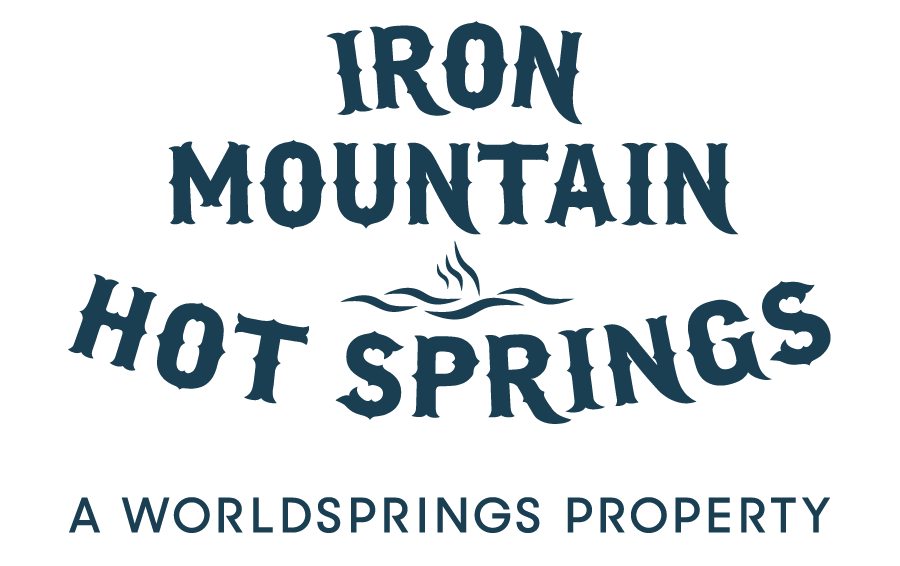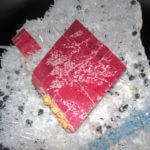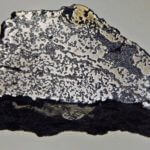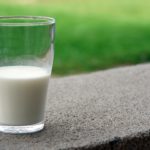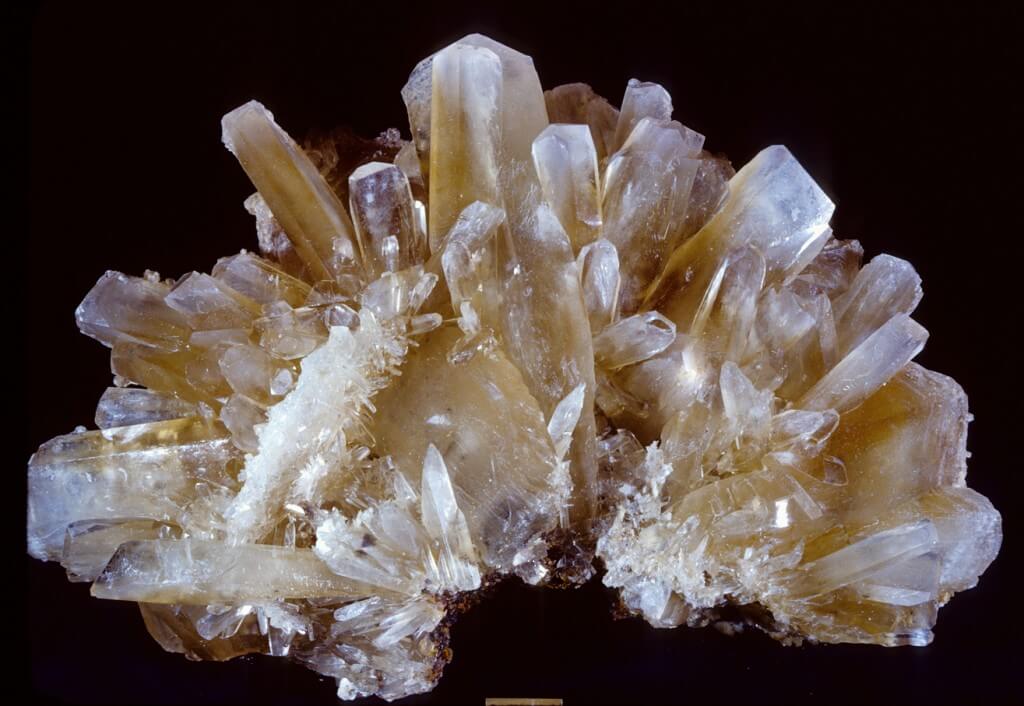
09 Oct Mineral Spotlight: Boron
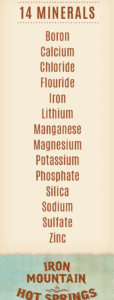 Boron (B), No. 5 on the Periodic Table, is the 51st most common element in the Earth’s crust and an essential mineral nutrient for the growth of most plants. It shows up mostly in borates, including borax, and boric acid, which was an important food preservative during World War I. Boron is used in eye drops, antiseptics, washing powders, tile glazes, flame retardants, nuclear reactors, rocket fuel, heat-resistant glass, and fireworks, where it adds a green color One liter of Iron Mountain Hot Springs water contains .25 milligrams of boron.
Boron (B), No. 5 on the Periodic Table, is the 51st most common element in the Earth’s crust and an essential mineral nutrient for the growth of most plants. It shows up mostly in borates, including borax, and boric acid, which was an important food preservative during World War I. Boron is used in eye drops, antiseptics, washing powders, tile glazes, flame retardants, nuclear reactors, rocket fuel, heat-resistant glass, and fireworks, where it adds a green color One liter of Iron Mountain Hot Springs water contains .25 milligrams of boron.
In the mid-20th century, because of faulty research, experts considered boron to be toxic, but studies starting in 1987 showed that it is an important nutrient. More recent studies show that the mineral boron can help prevent osteoporosis and boost energy utilization, while boron deficiency is related to reduced mental alertness. Boron affects the use or metabolism of macro-minerals, triglycerides, glucose, amino acids, proteins, reactive oxygen, and estrogen, so it has a positive impact on the brain, skeleton, and immune system
You have about 18 milligrams of boron in your body. While there is no Recommended Dietary Allowance for boron, less .25 milligram per day is considered low while 3.25 milligrams is considered high, although it is safe up to 20 milligrams per day. Excess boron is quickly excreted and does not accumulate in tissue. Leading sources of boron are prunes, raisins, parsley flakes, nuts, and wine. The mineral Boron is also capable of being absorbed through the skin.
Karin Gamba
Latest posts by Karin Gamba (see all)
- 5 Tips for a DIY Wellness Day at Iron Mountain Hot Springs - January 30, 2025
- Meet Iron Mountain Hot Springs New Mid-Week Annual Pass - January 2, 2025
- Ski Hard, Relax Harder with Slope and Soak Packages - December 13, 2024
- More Serenity On The Horizon At Iron Mountain Hot Springs - October 30, 2024
